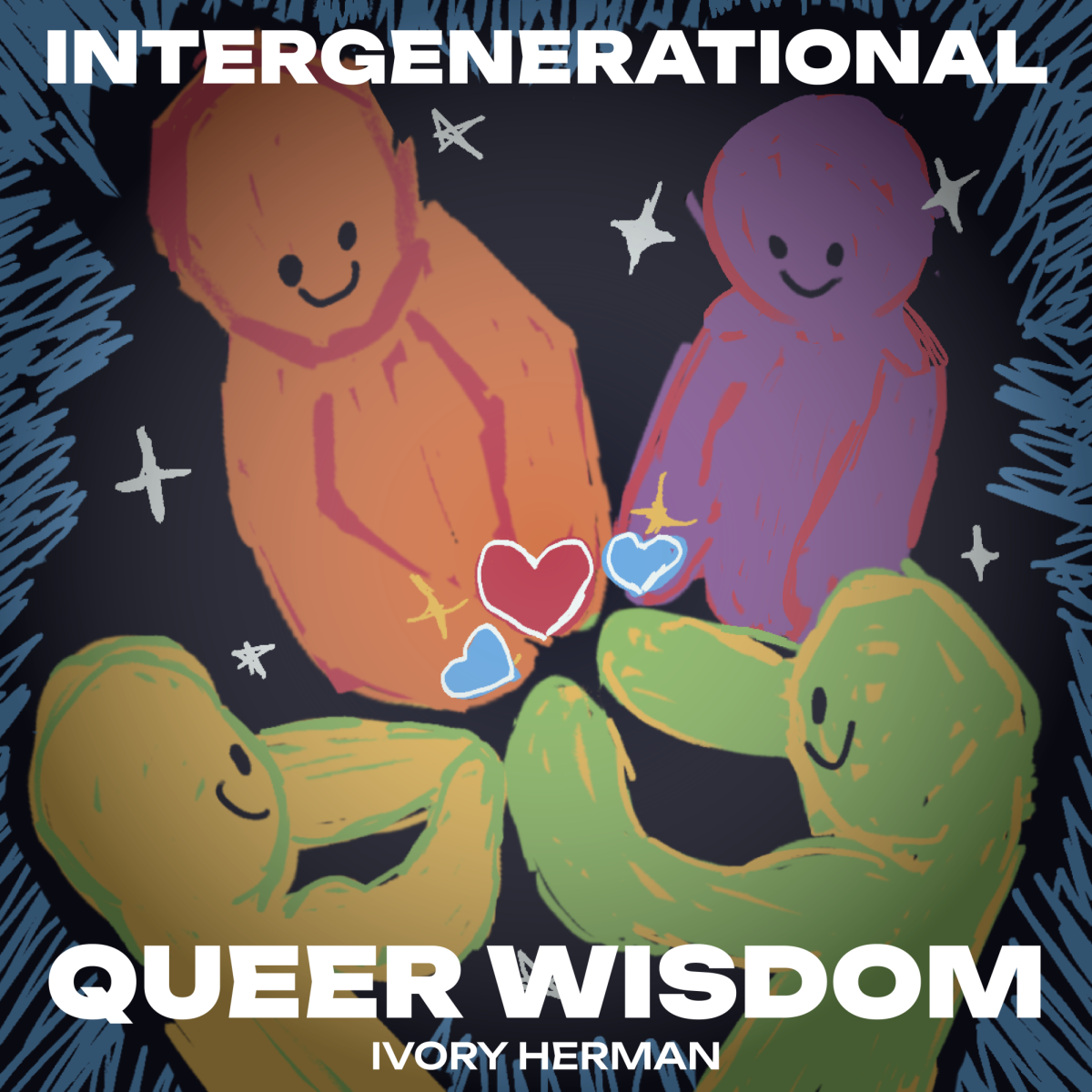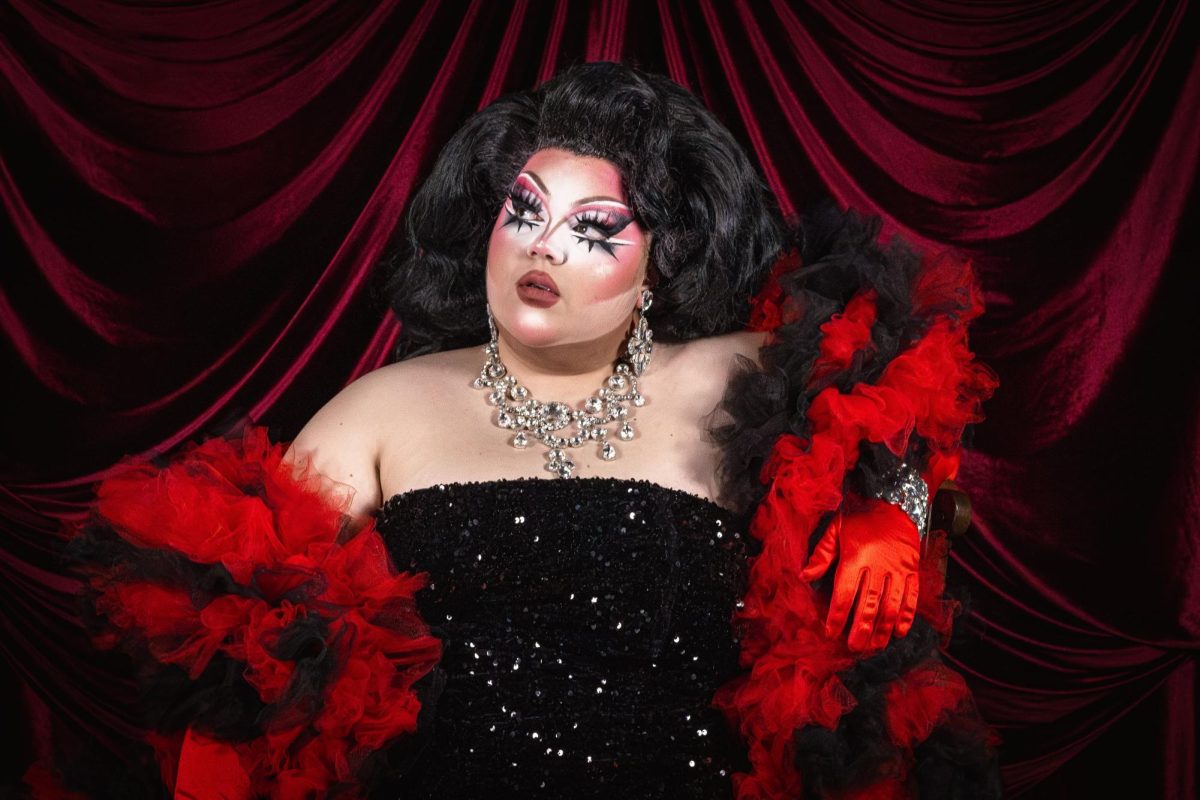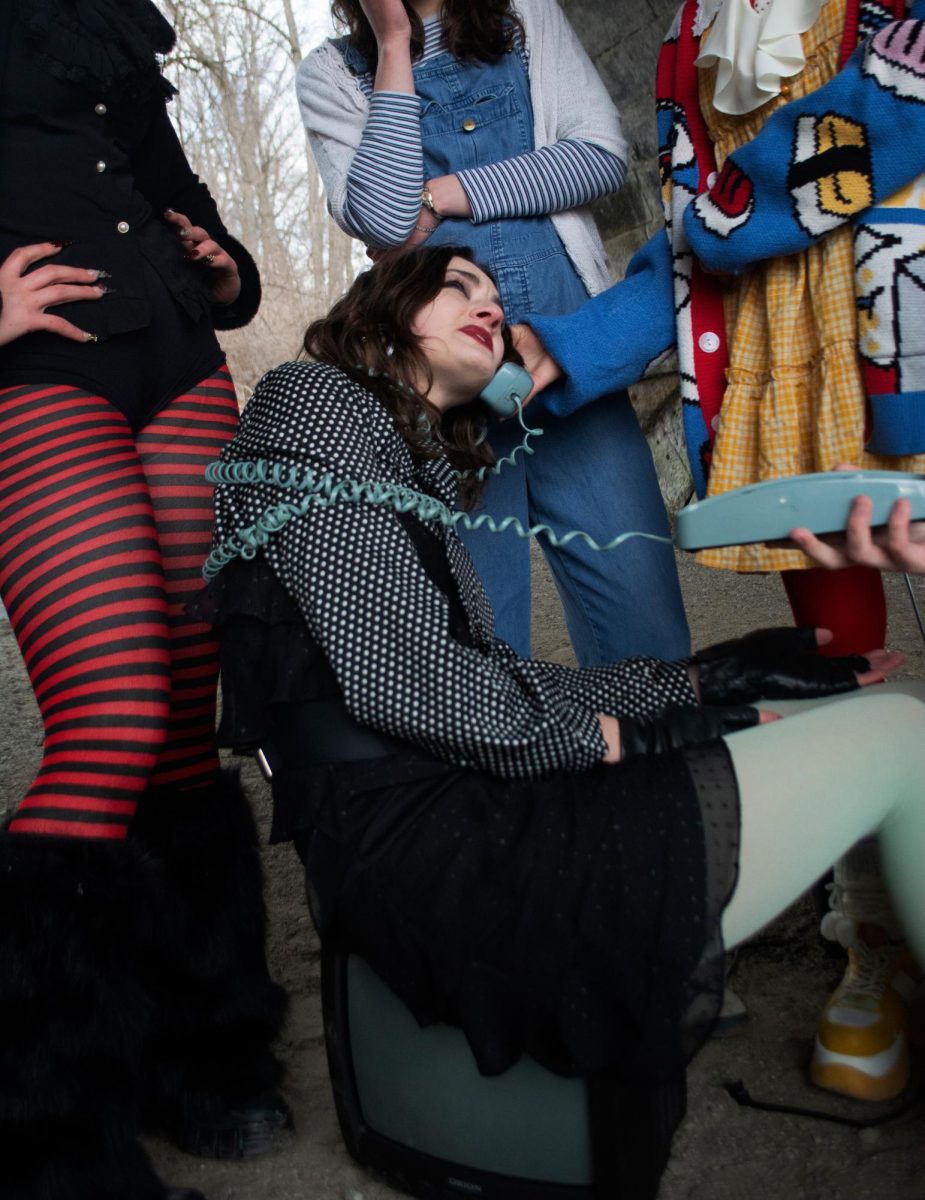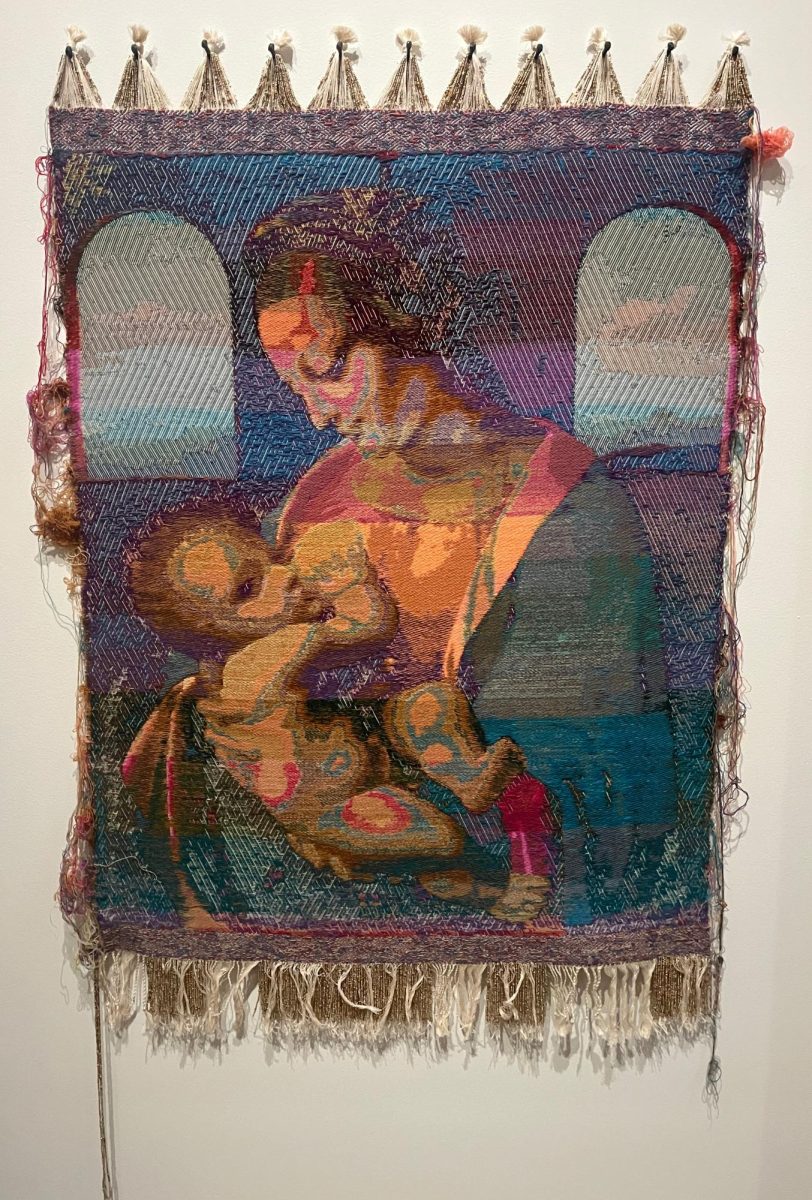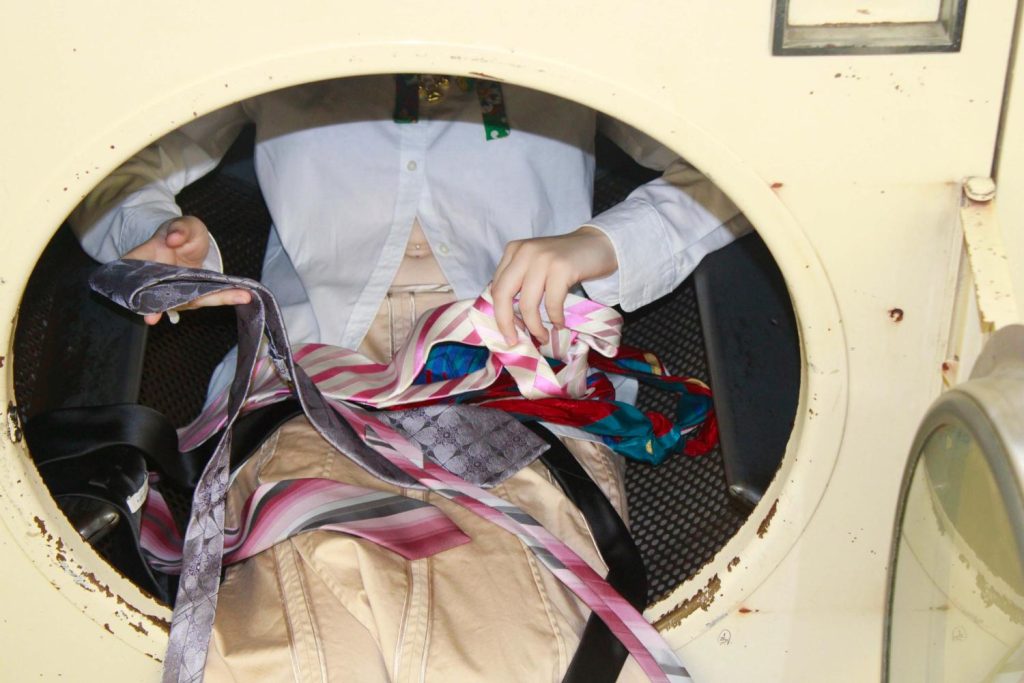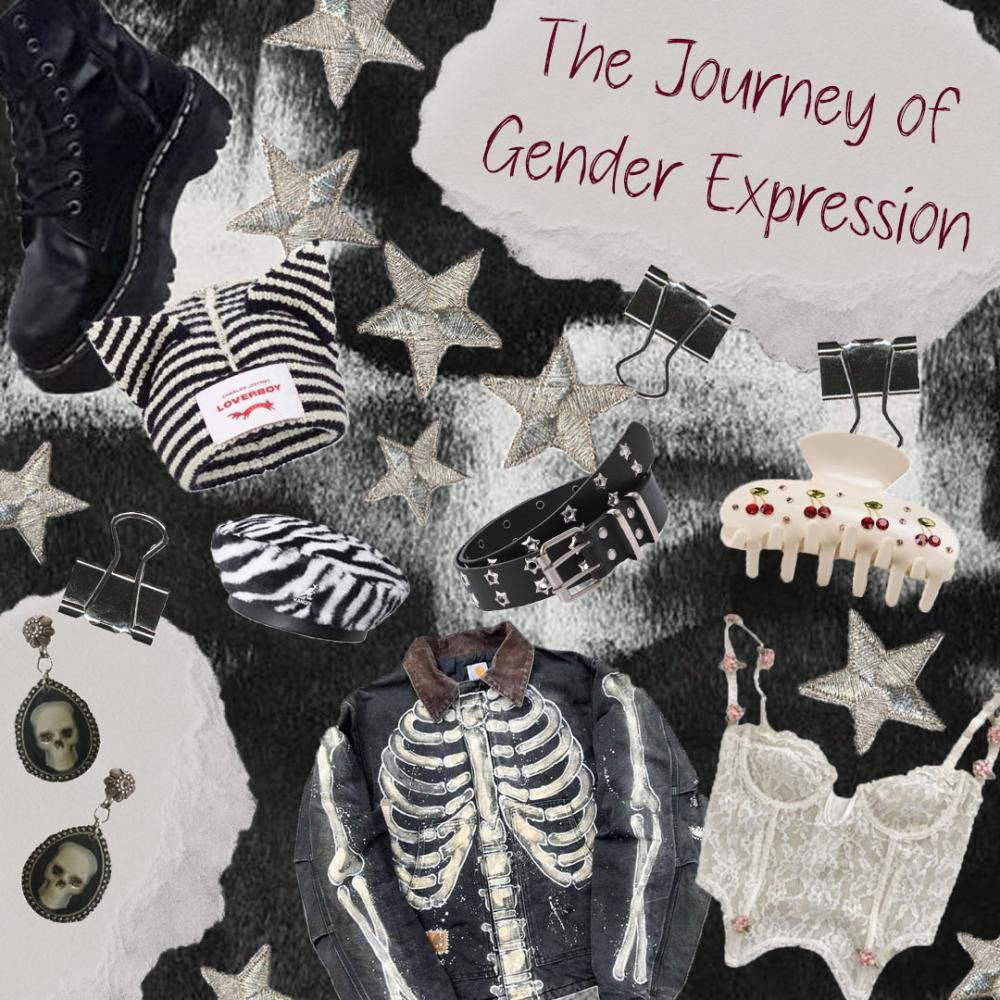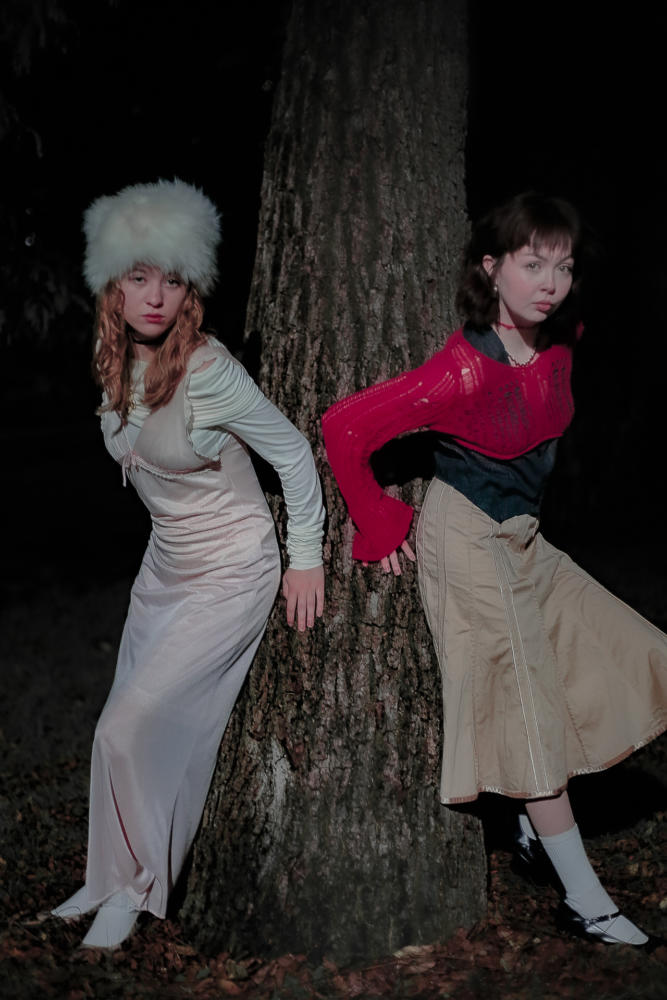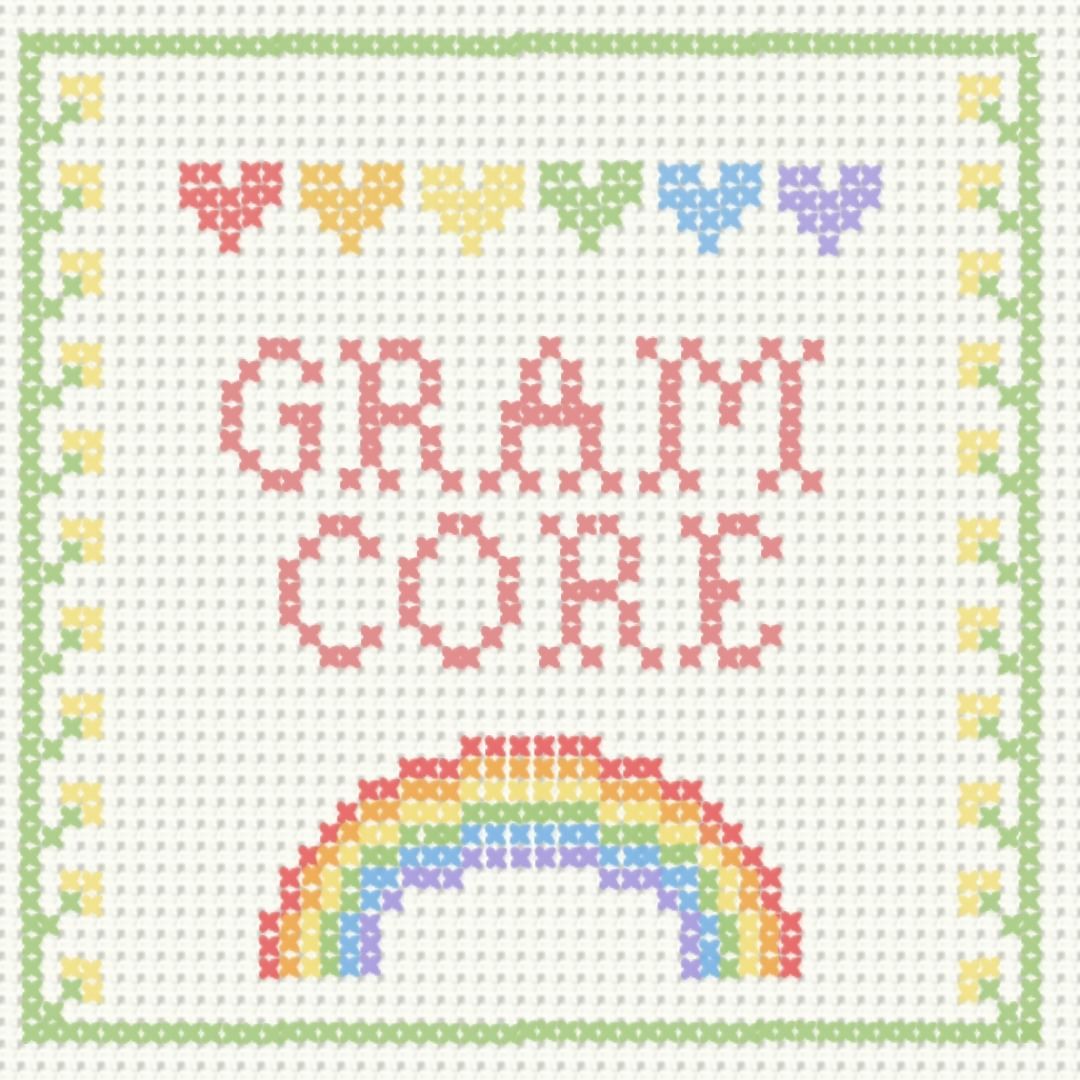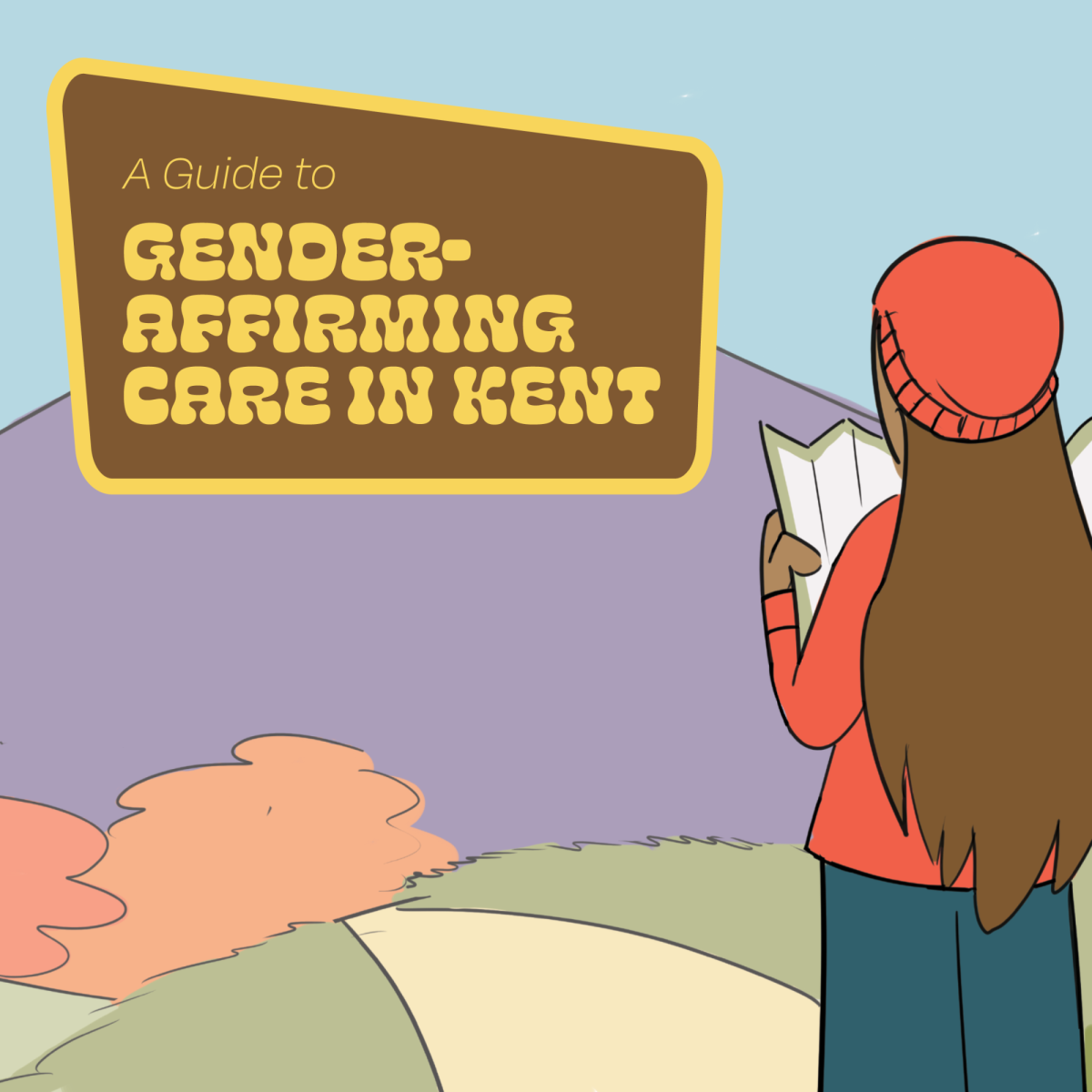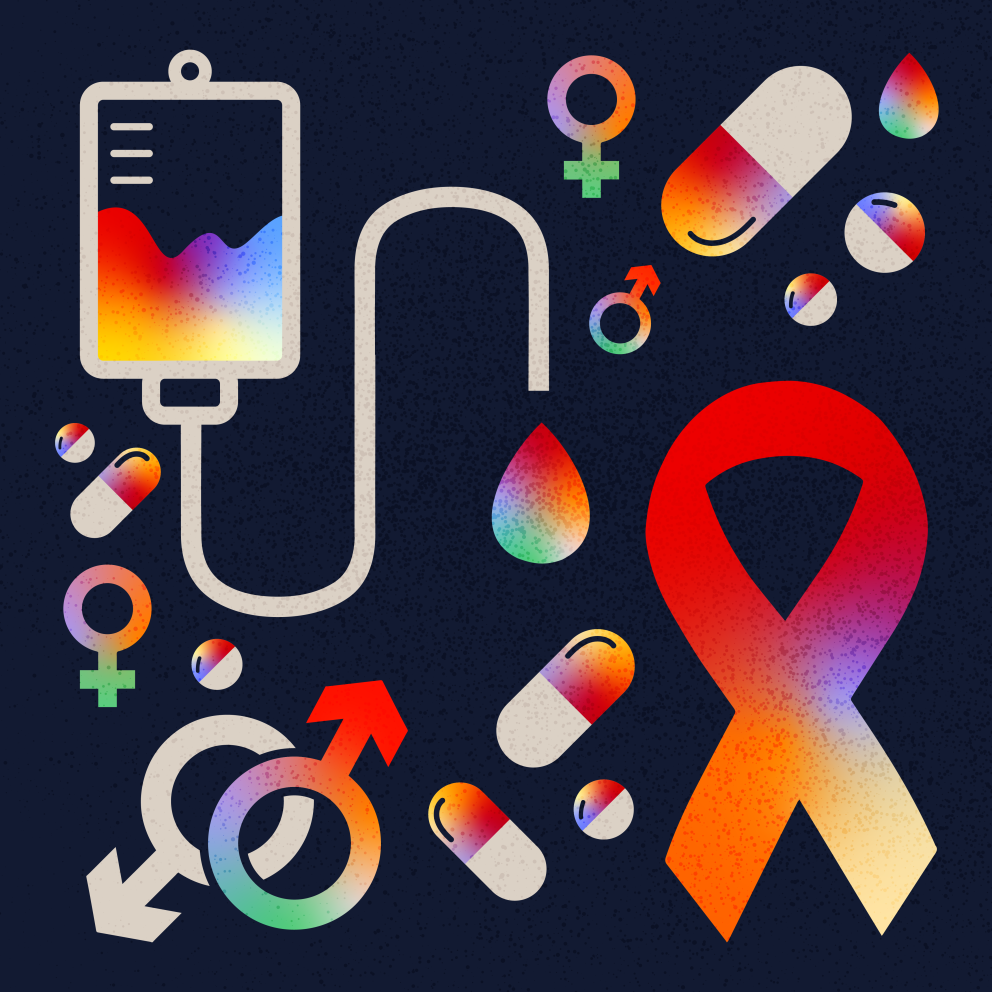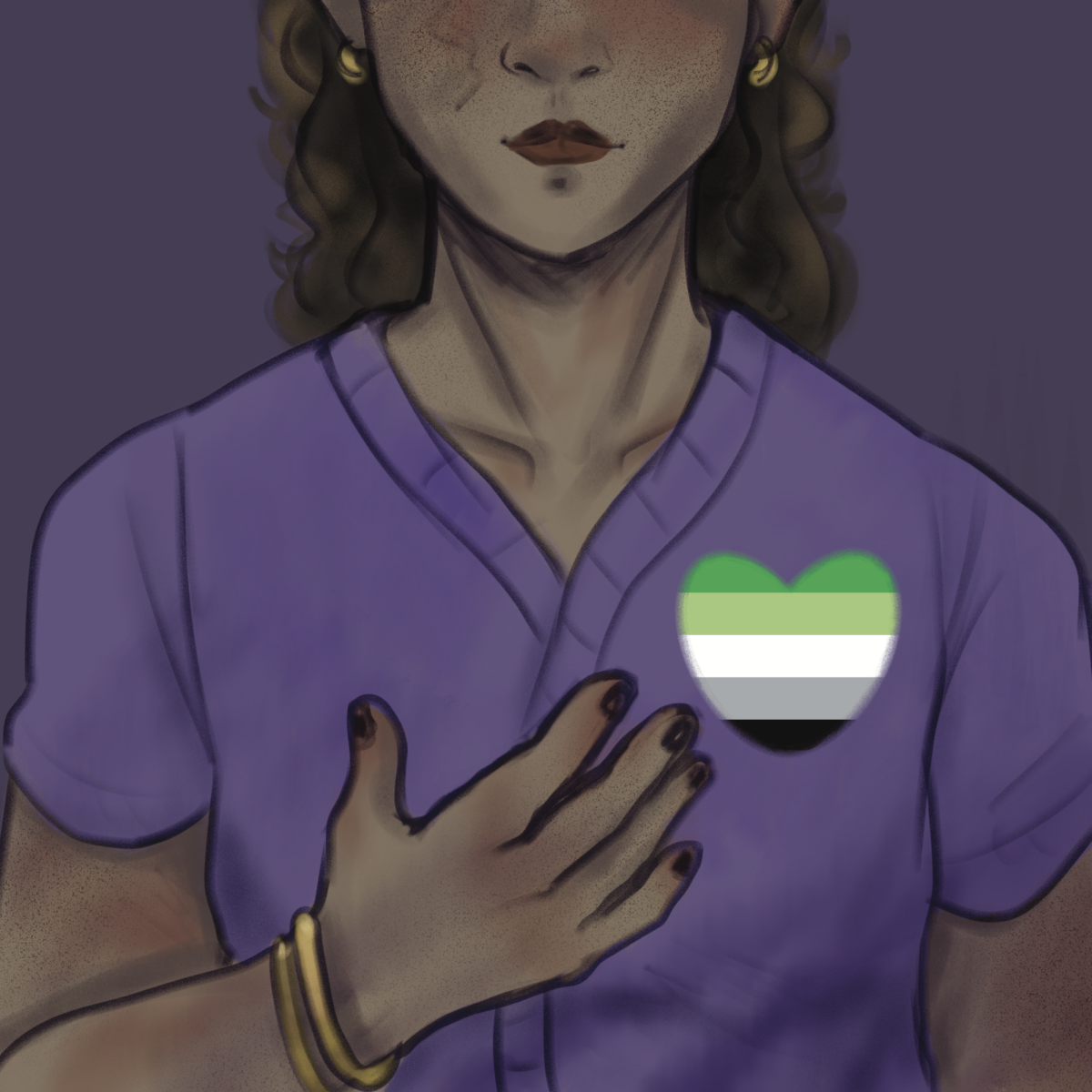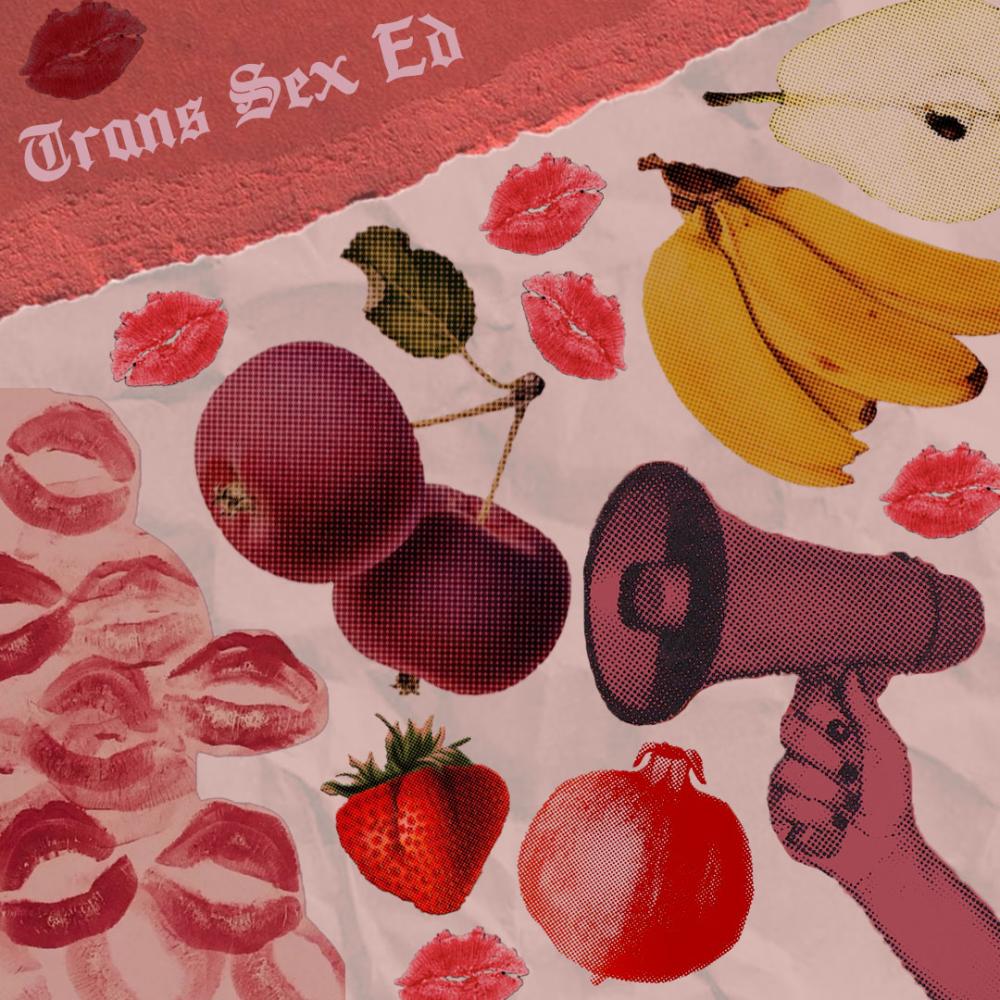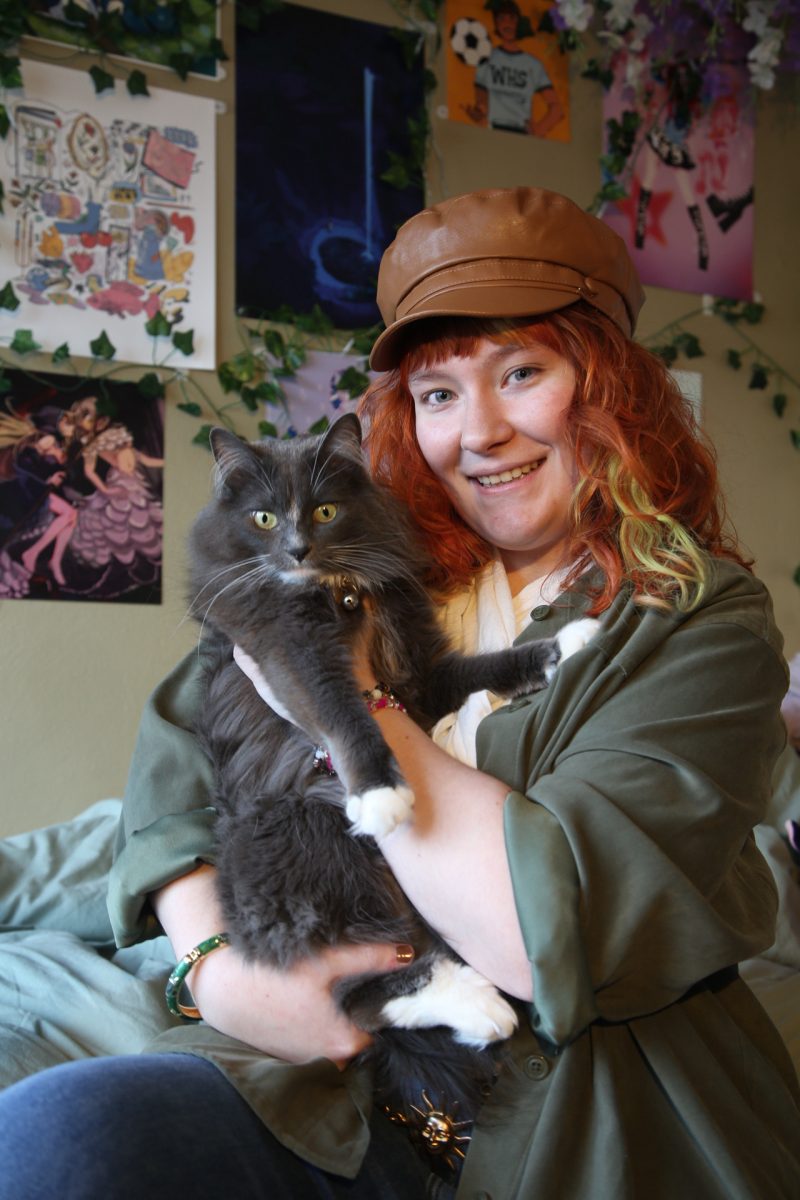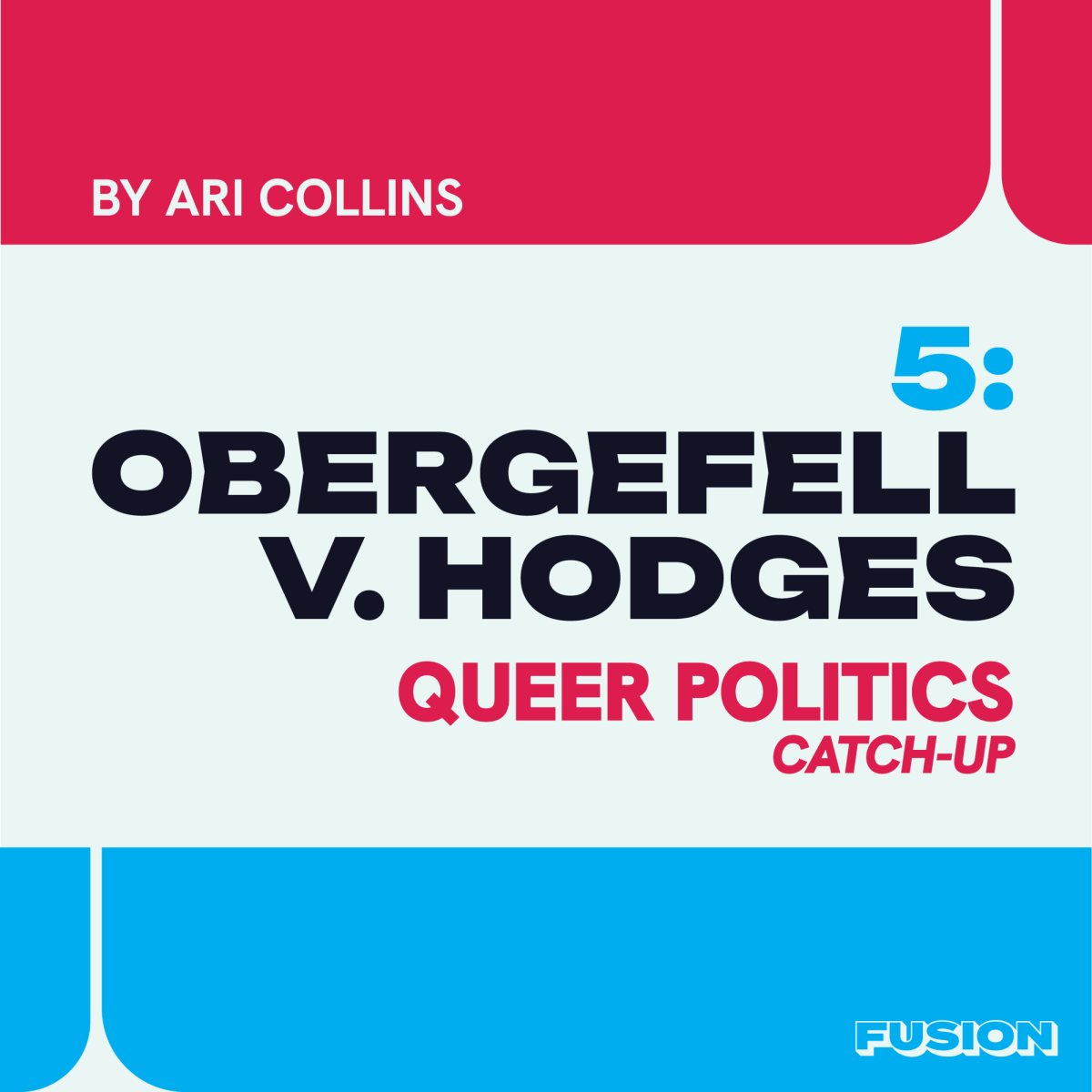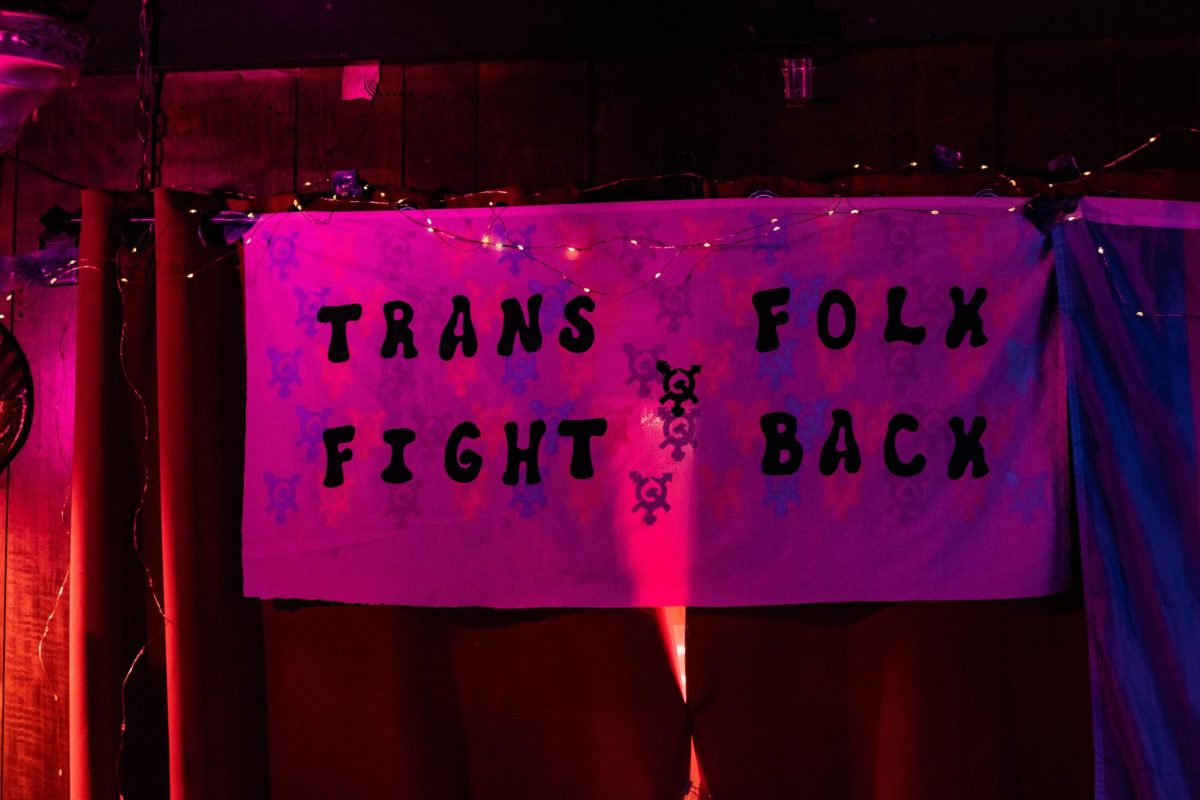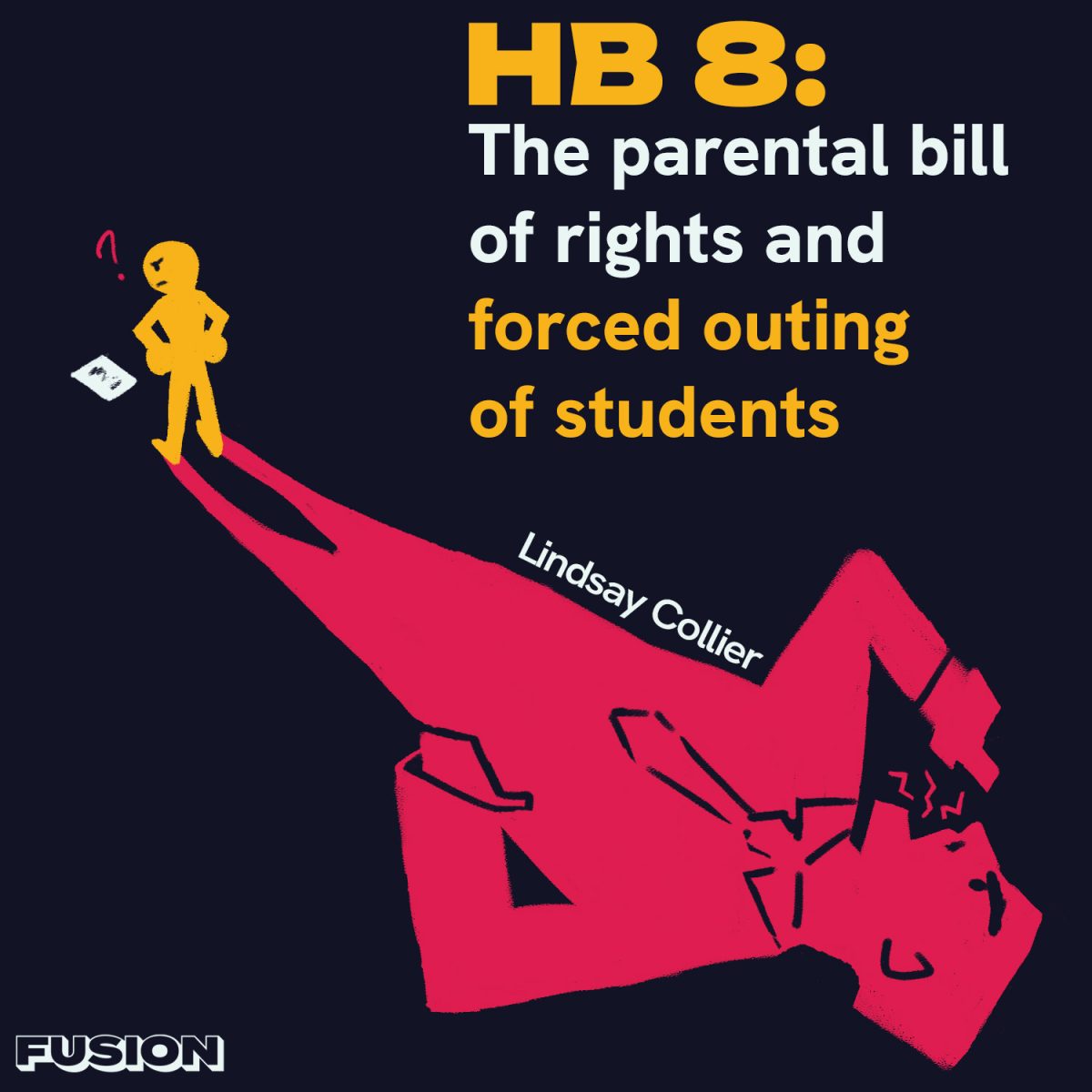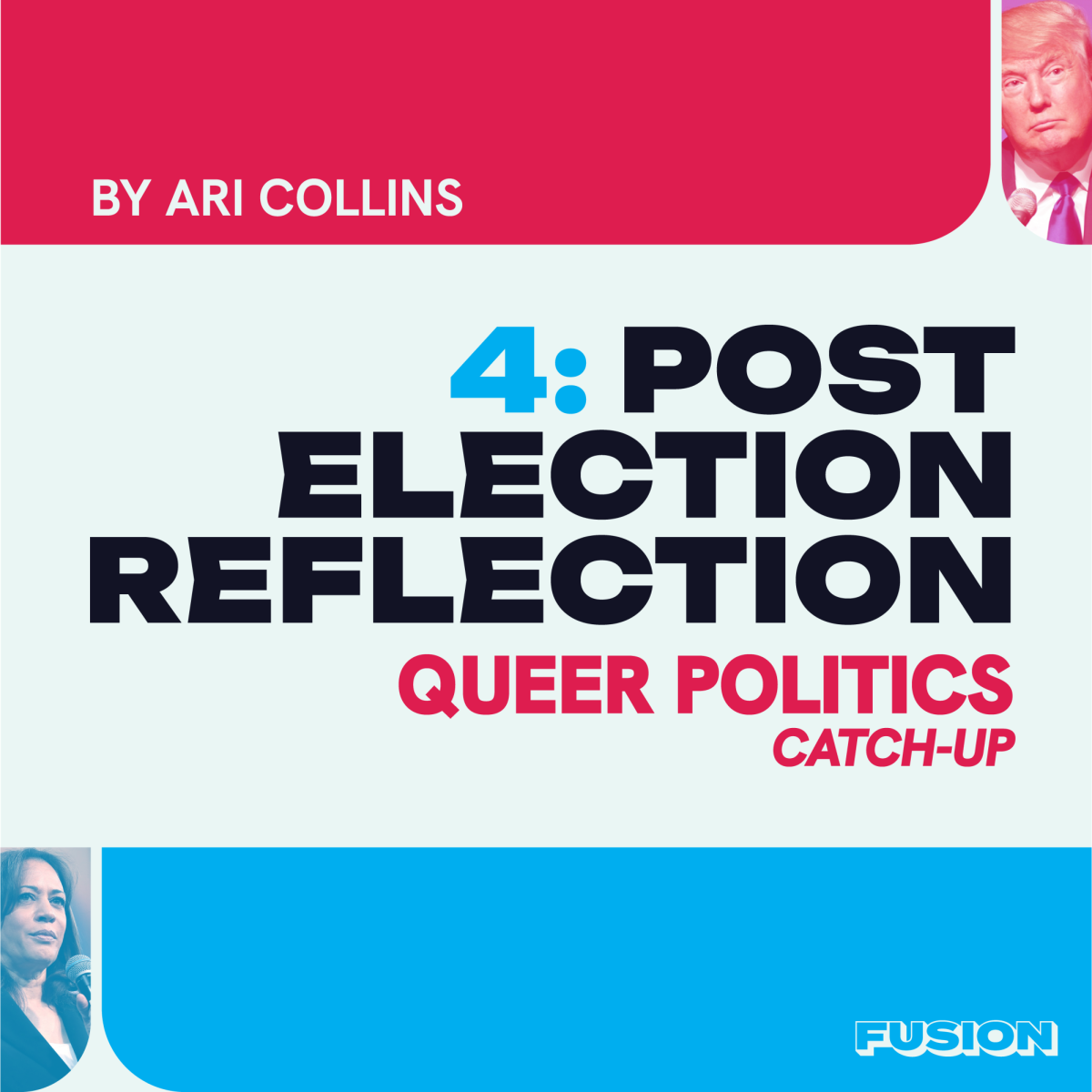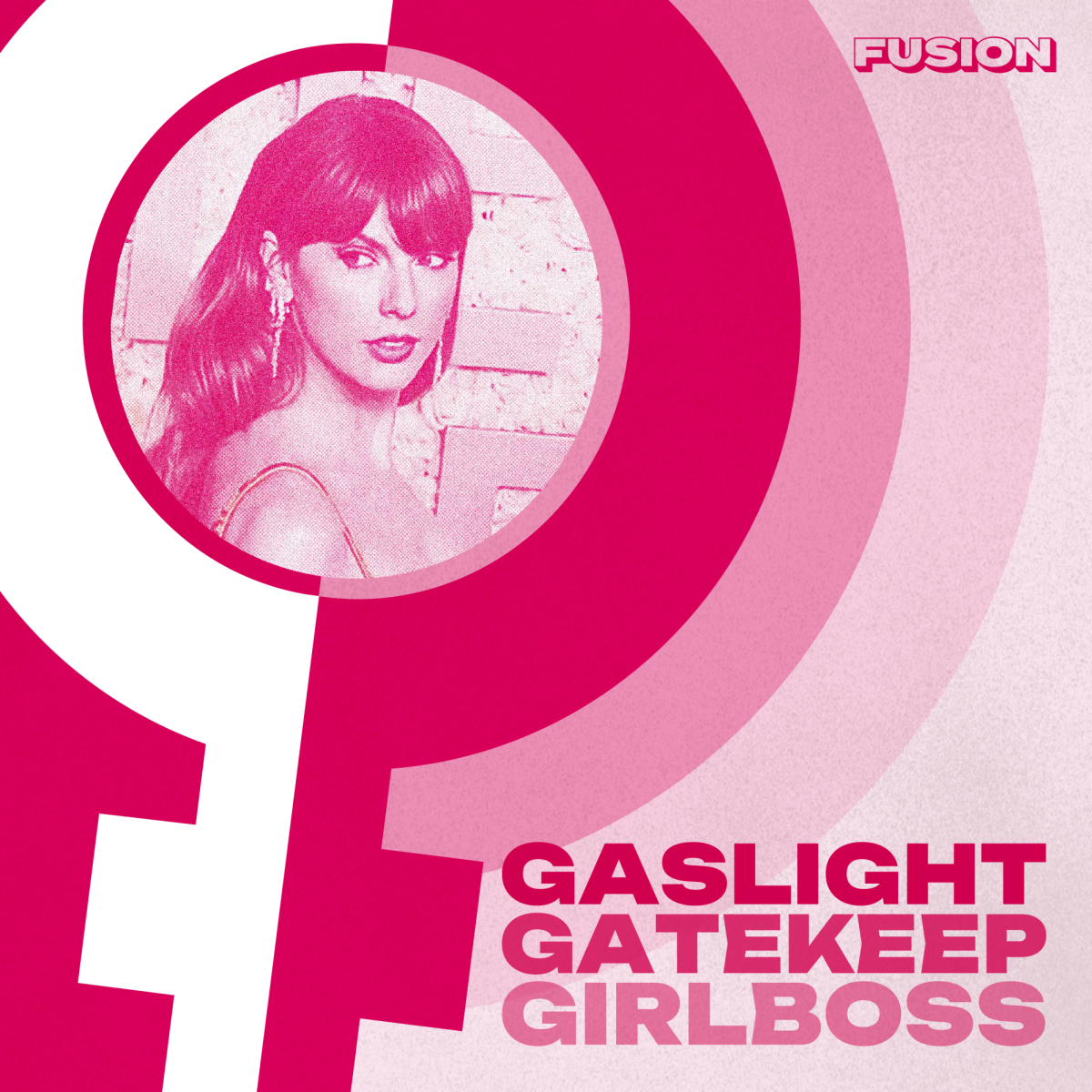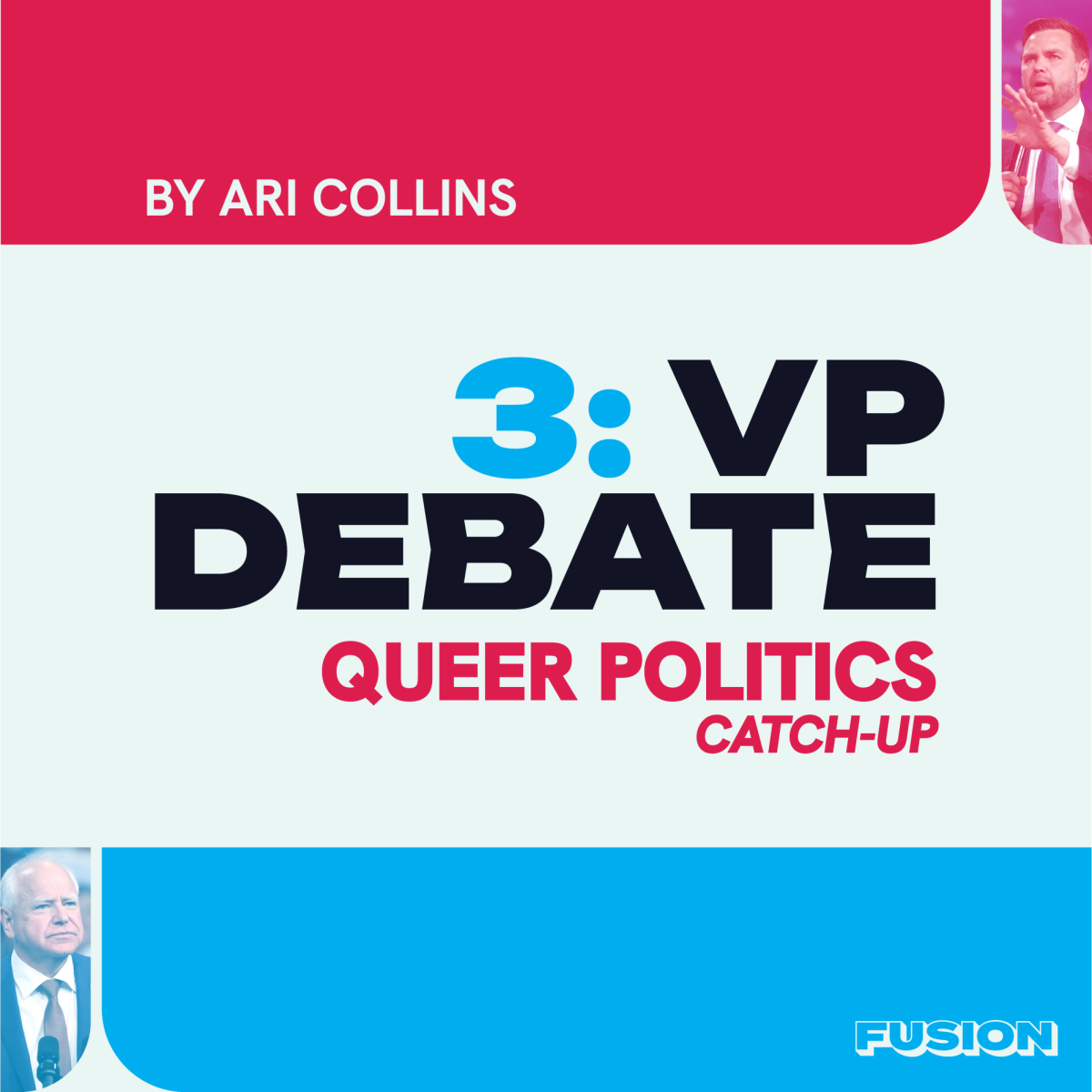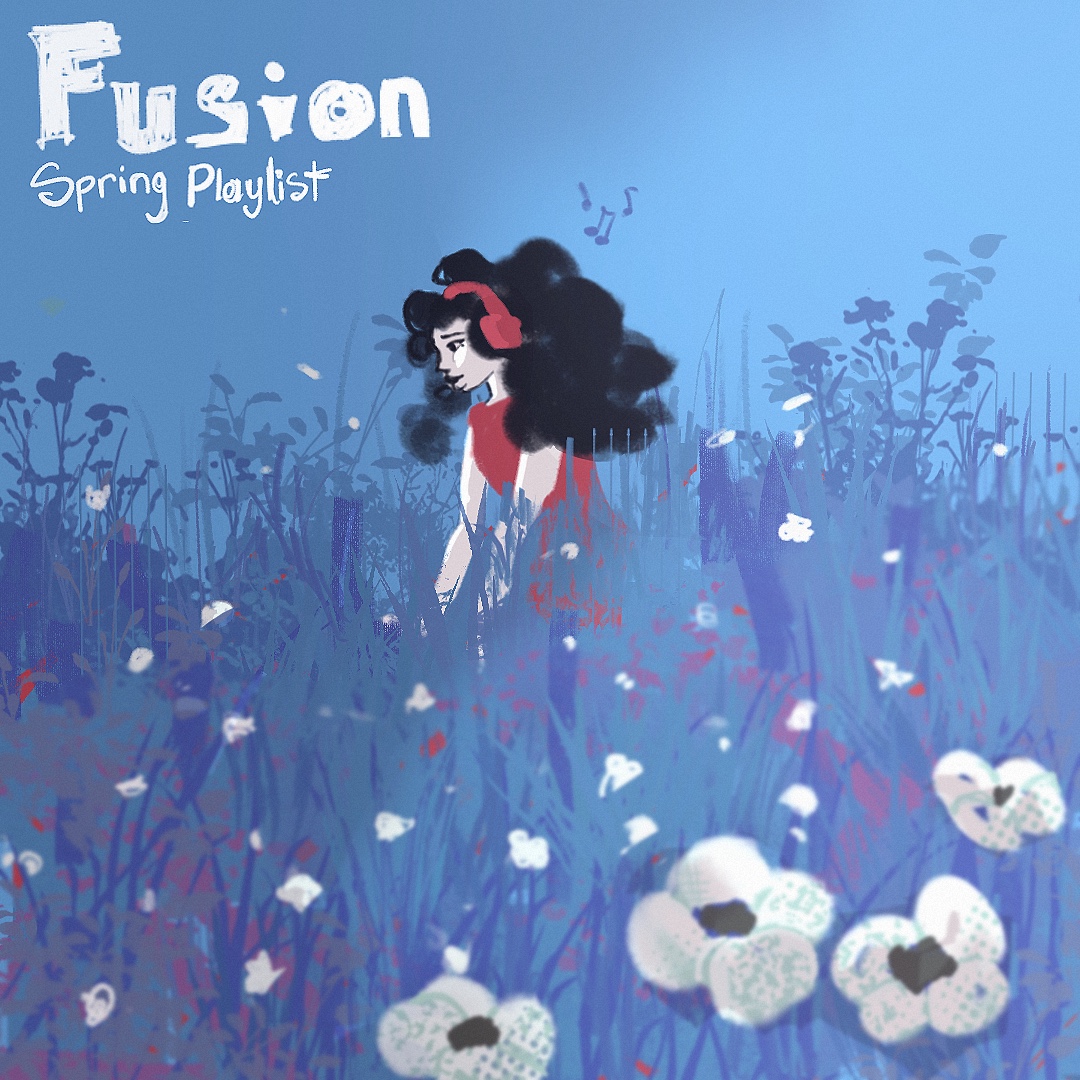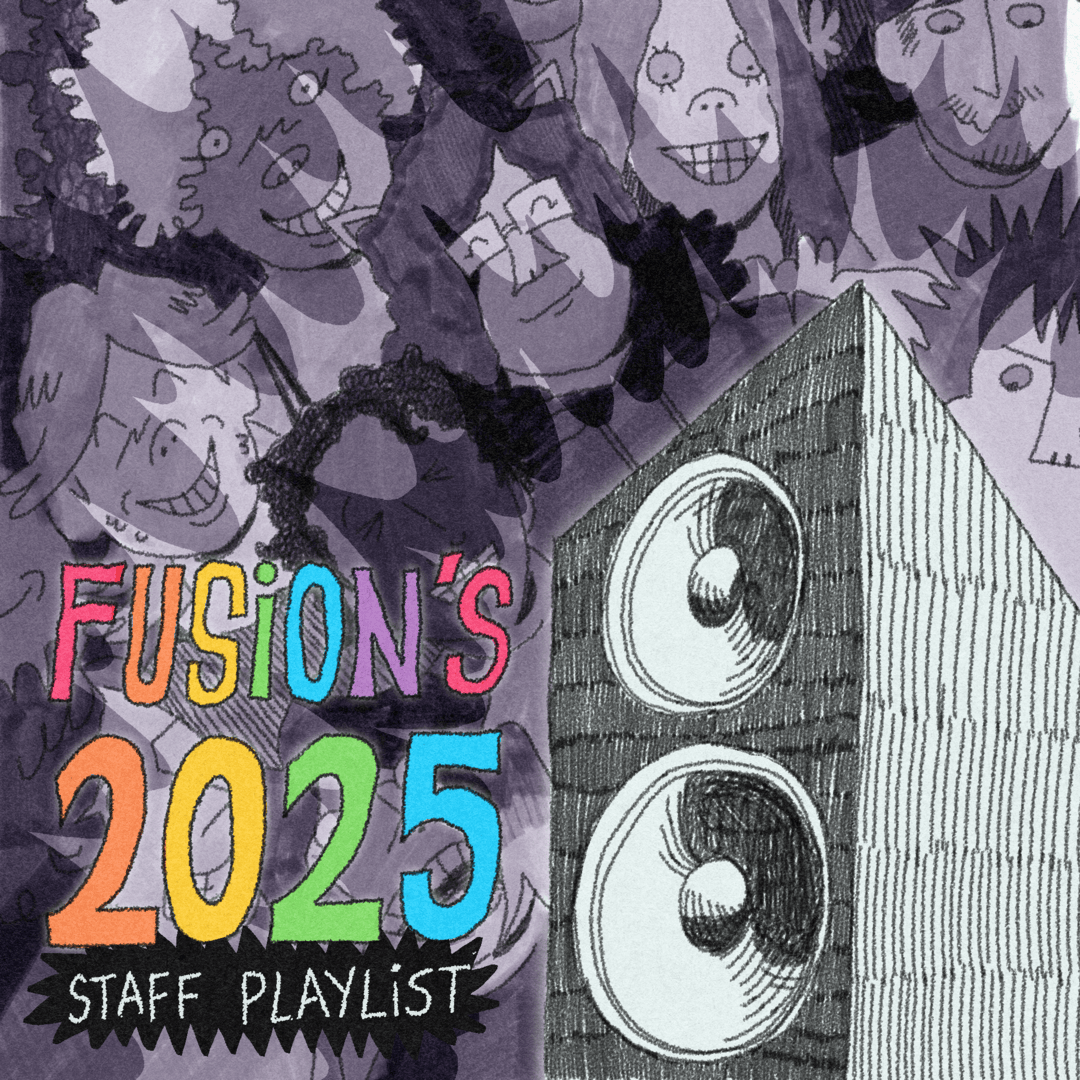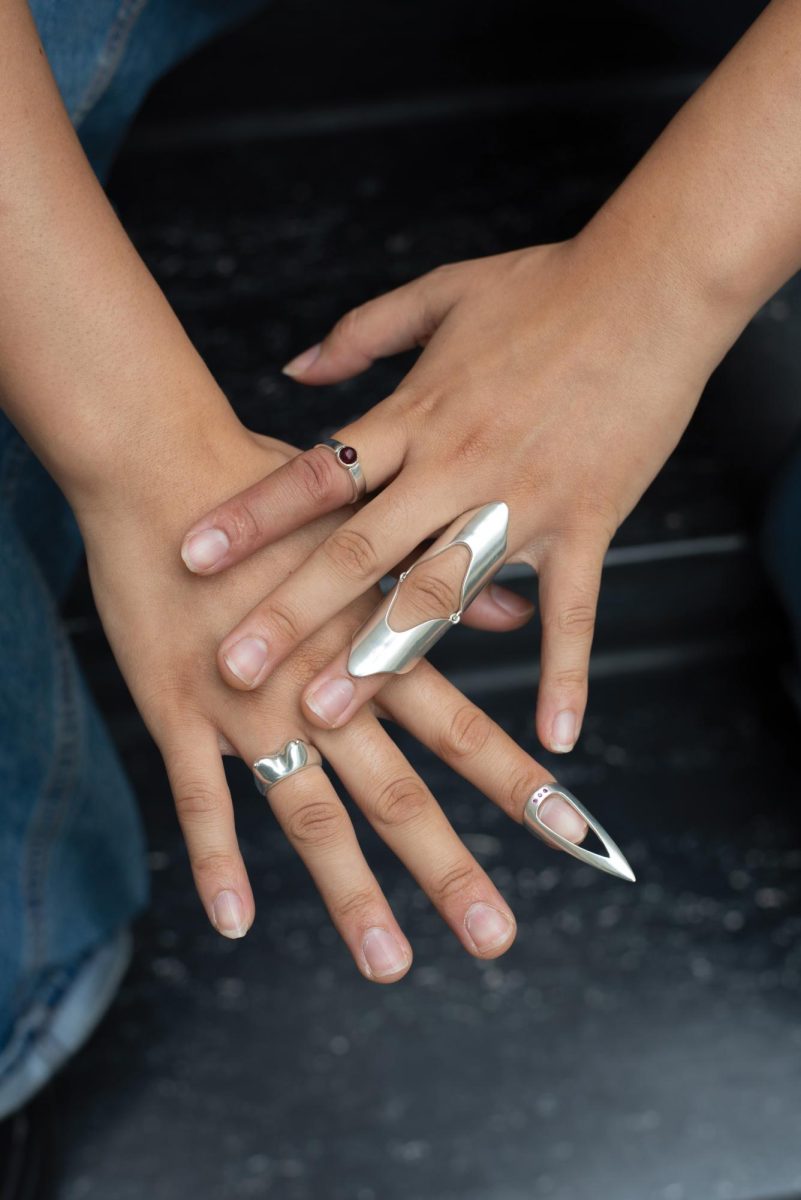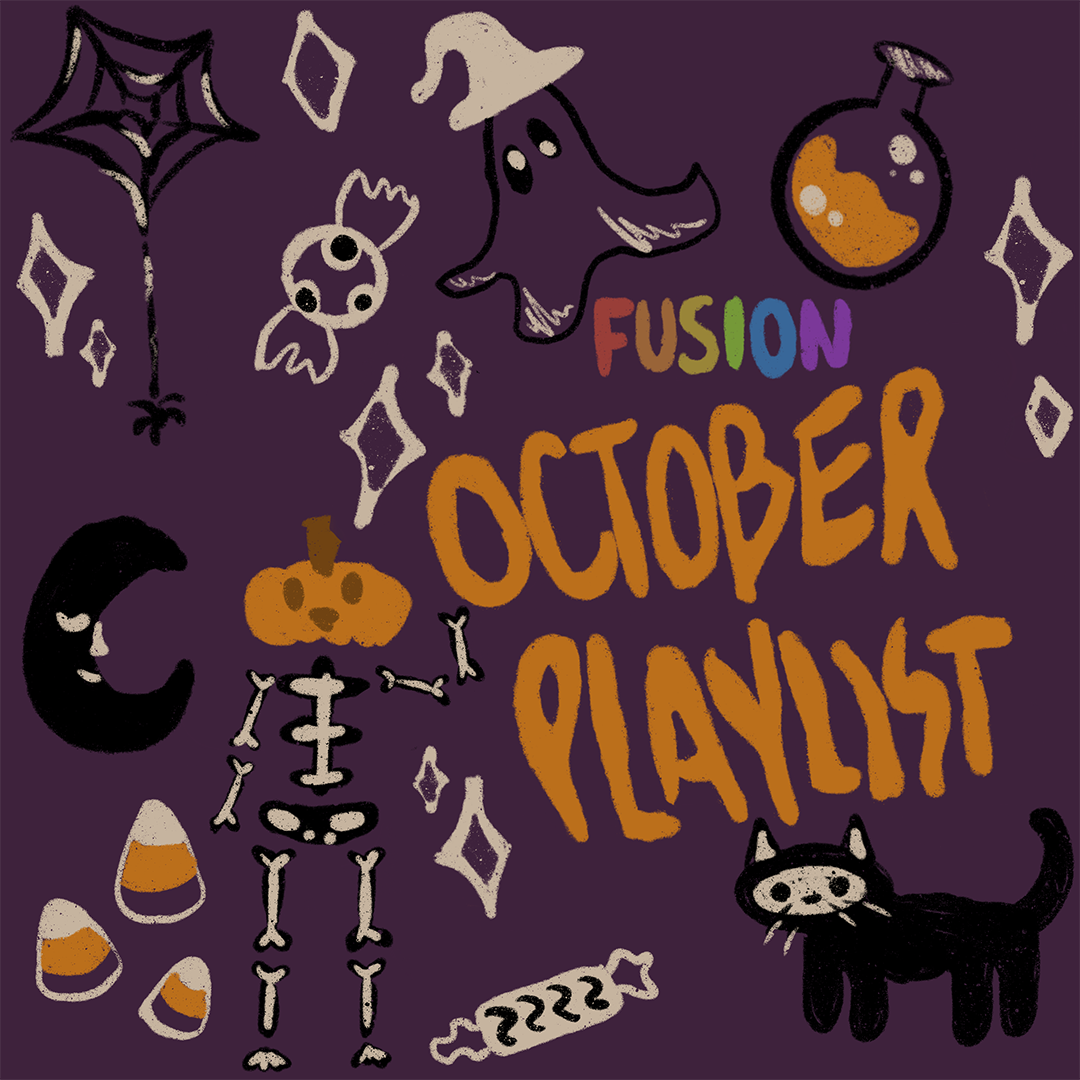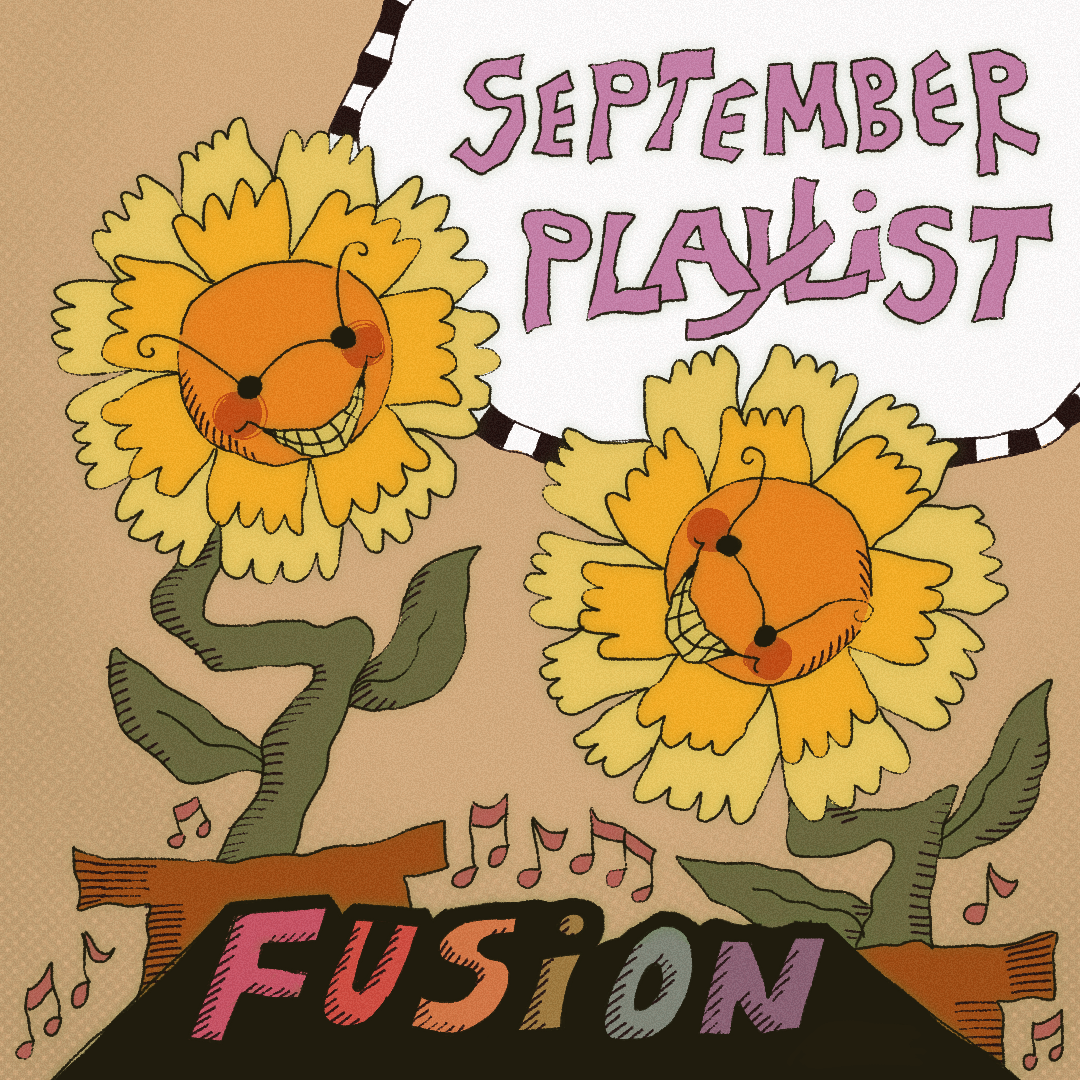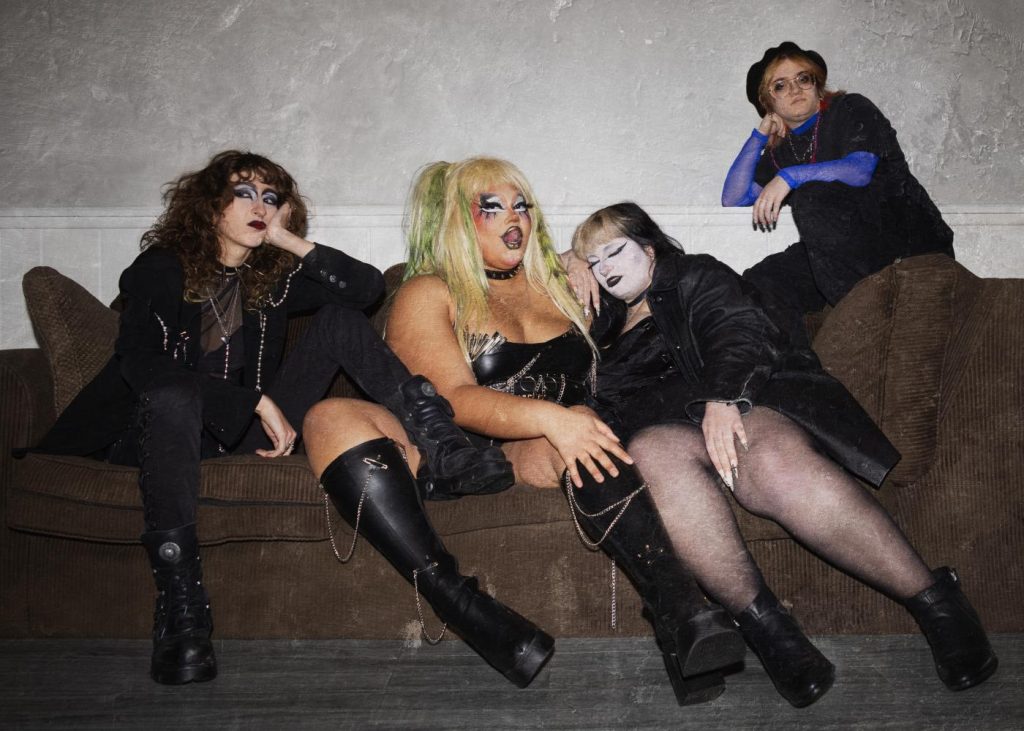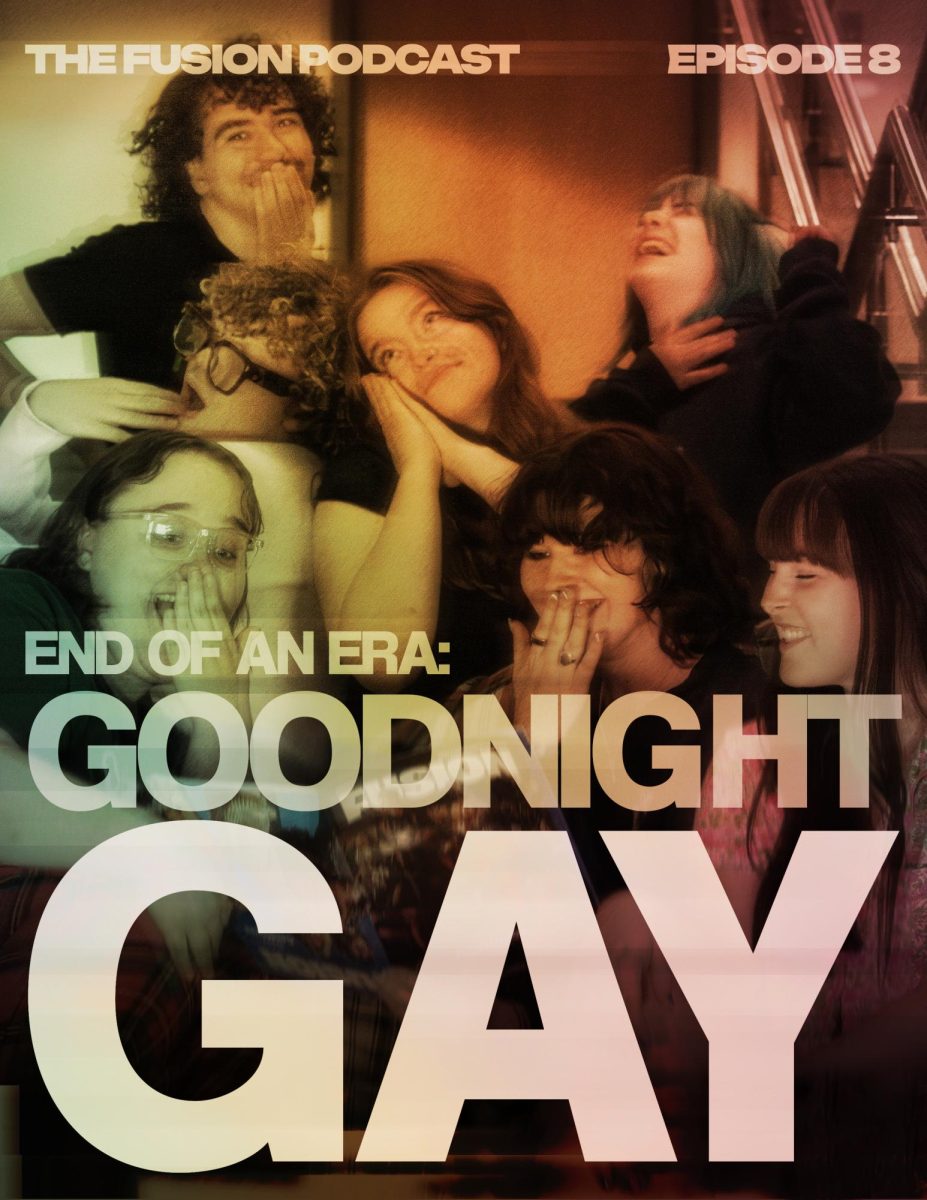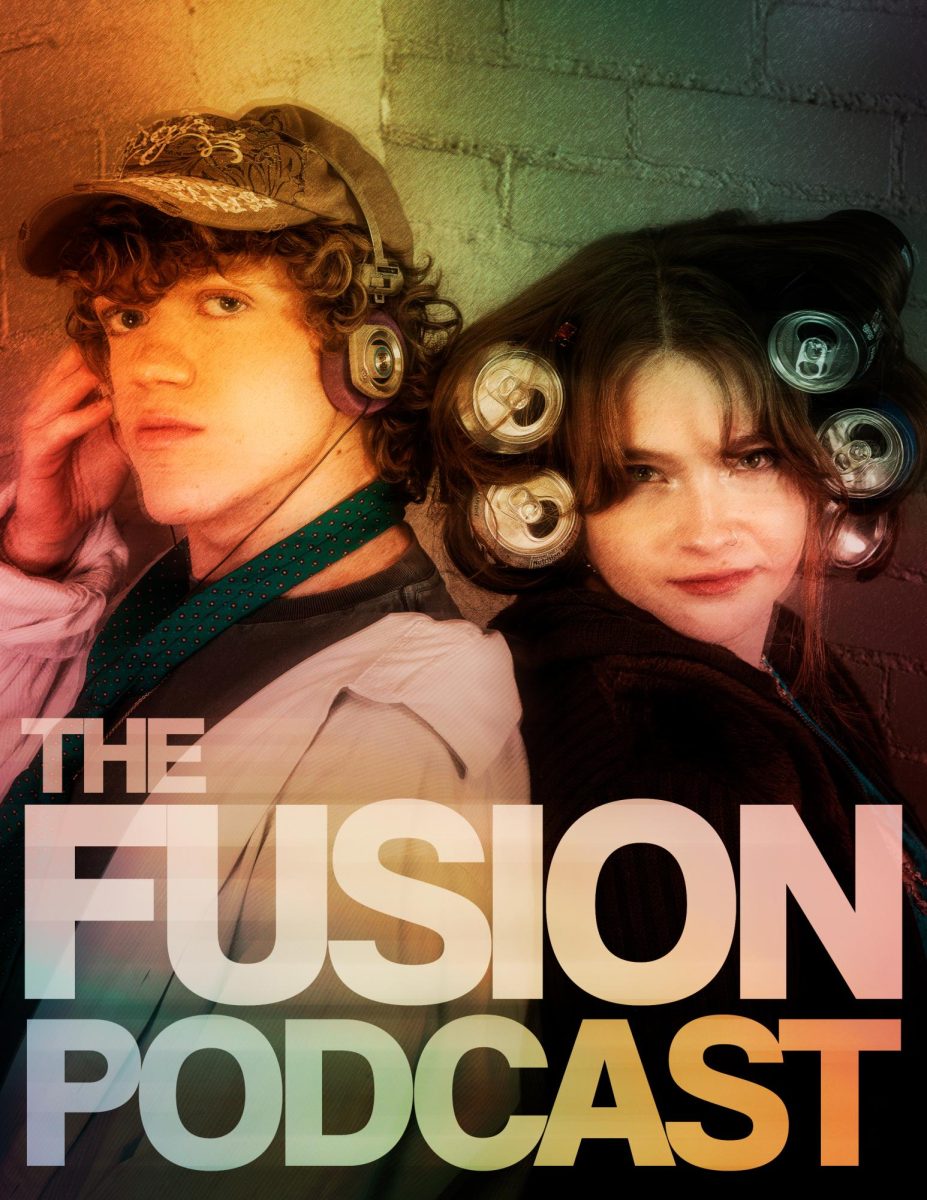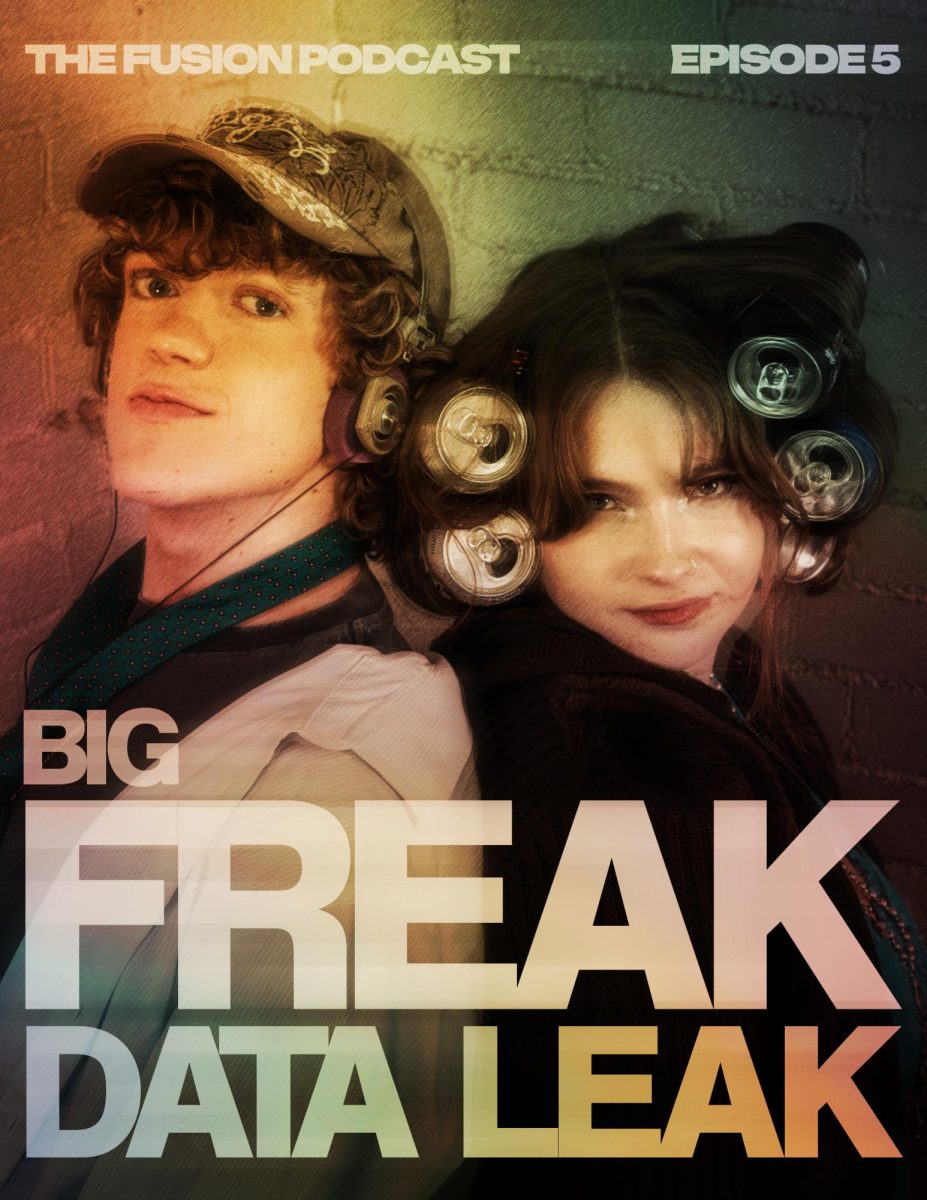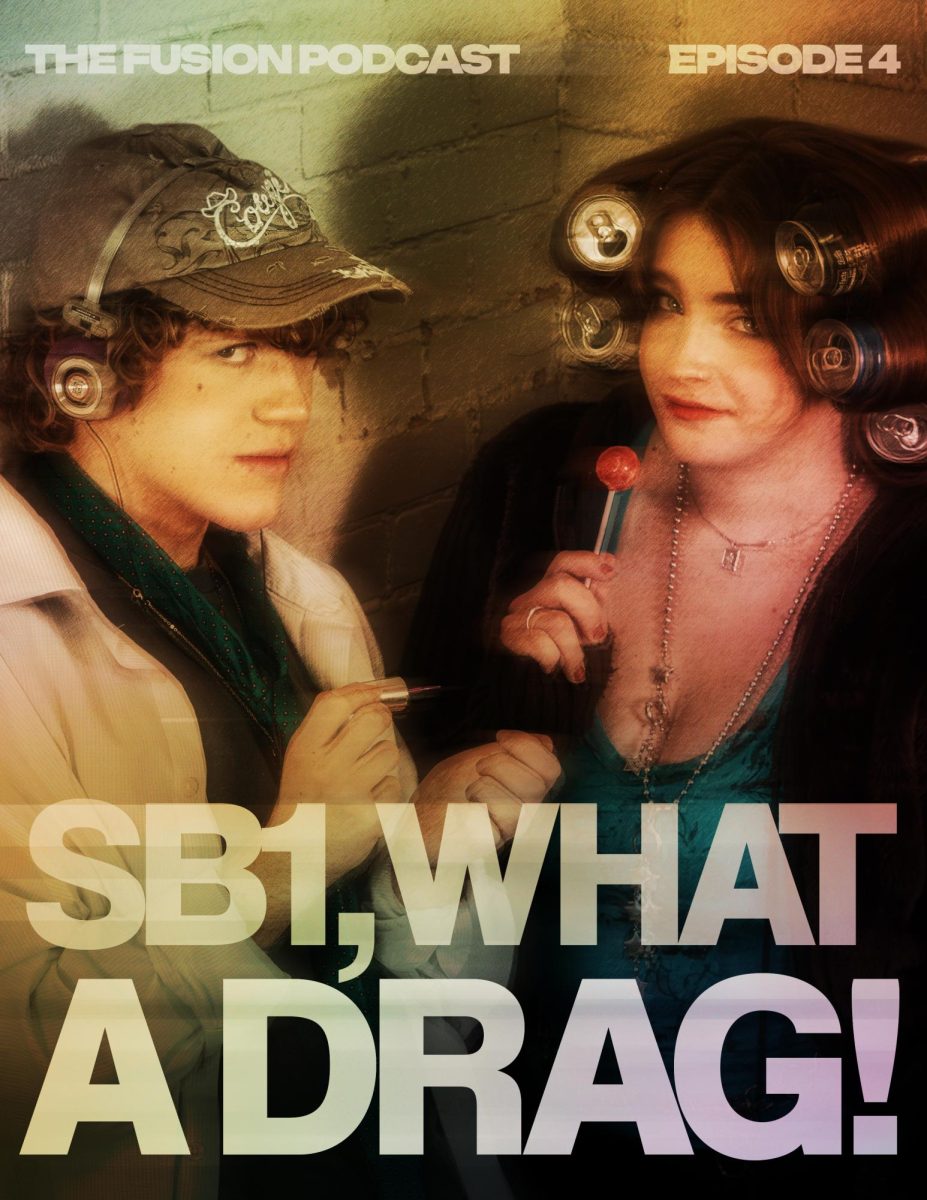A bar lamp, drag queen show photos, a memorial service flyer for Matthew Shepard, diaries and PRIDE! parade banners — they’re all part of Ohio’s LGBT history. Until recently, they were tucked away, in boxes or at the local gay bar. They were regarded as personal belongings, keepsakes, décor or even trash.
The Gay Ohio History Initiative is spreading the word that those artifacts and papers are worthy of preserving for future generations. GOHI is collecting, recording, displaying and archiving the history of Ohio’s LGBT culture, rights and members though oral histories, historical markers, exhibits and banners.
“We, as a community, are horrible at collecting our own history,” said Chris Hayes, executive director of GOHI and editor of Outlook Monthly. “In order for us to get our rights, people have to be exposed to LGBT culture and to try to understand it in some way. This is a way to get our stories out there and show the world that we are a lot more normal than what they give us credit for.”

The idea for GOHI began in 2005 after Columbus-based Outlook Media ran a sponsored column about the LGBT archives at the Ohio Historical Society. The archives were news to staff, who then phoned OHS to see if it needed any past issues.
“It was a way of us preserving our own company history as well as offering resources to the whole community in a place that would take care of them and that anyone could go in and access,” Chris said. When Outlook staff presented the magazines, someone asked if OHS would be interested in some of the materials from the now–closed Out on Main, a popular restaurant that filled its walls with LGBT memorabilia.
OHS was interested, and the two organizations continued meeting as the initiative continued to evolve. At the time, OHS was exploring a new collecting model for contemporary history and specifically multicultural communities. GOHI is the first collection using this new model, which is supported through fundraising and donations.
GOHI is a community-based project with a volunteer board of trustees that examines the collection and determines what will be eventually housed in the Historical Society’s archives.
“Instead of OHS going out to collect stuff and saying ‘This is what history is,’ the community collects what they find important, and then (submits) it to OHS and [says]‘This is our history that we want to preserve,’” Chris said.
The collection is small but growing. It includes nearly every issue from regional newsletters, records from organizations like Stonewall Columbus, flags from the Columbus-based LGBT color guard group, Flaggots, along with material from the Human Rights Campaign and photographs from PRIDE! parades.
“Each part makes up a piece of our history,” Chris said. “We wanted to make sure that we tried to really capture the whole LGBT in Ohio as a community and really make people think about us, that we have a rich, diverse community. There’s a whole culture behind it worth preserving.”
Simply put, “we’re here and we’re queer,” said James Sanders III, GOHI secretary and associate art education professor at Ohio State University. “Without a past we have no future.”
[toggle title_open=”Close Me” title_closed=”More Information on GOHI” hide=”yes” border=”yes” style=”default” excerpt_length=”0″ read_more_text=”Read More” read_less_text=”Read Less” include_excerpt_html=”no”]GOHI has a banner on notable Ohio LGBT members and the history of LGBT parades in the state that can be requested by any person or organization. In 2009, it posted a historical marker in Dayton honoring Natalie Clifford Barney, a noted lesbian writer.
GOHI’s collection is viewable online at http://www.ohiomemory.org, and is integrated into the Historical Society’s regular Archives Library. People can walk into the Archives room without an appointment and page through any of the items for free. LGBT members’ stories are also being preserved through the Ohio Memory Project.
Anyone interested in making a donation to GOHI can contact Chris Hayes at 614-268-8525.[/toggle]
Stacia Kuceyeski, project director for the Ohio Historical Society’s Outreach Projects Department, said she enjoys reading through old magazines of Outlook and seeing how the issues then are still issues now. She said the oldest item in the collection dates back to the 1970s.
“We don’t have anything that’s super old, but it’s cool to hold that stuff in your hand, especially something that would have been considered subversive at the time,” Stacia said. “I mean, (being gay) still would have been considered a psychiatric disorder.”
After getting involved with GOHI, Stacia decided to pursue her master’s degree. Her thesis project, advised by James, was a case study for GOHI’s organization model.
Part of the challenge GOHI faces is creating a structure and collecting both present and past material. Stacia said it can be difficult to convince those who have been invisible, or looked down upon, by mainstream society that their lives are worth preserving. What’s more, LGBT people or their families may not have kept memorabilia that would have identified them as gay or lesbian.
“You’re telling people that their life is historically significant,” she said. “Some people take that better than others.”
Members of the LGBT community have made contributions to society, but their sexuality is rarely mentioned in textbooks. OHS aims to educate teachers through professional development seminars, which then gives them materials to take back to the classroom. College classes have also taken field trips to OHS to learn about the archives.
James worked with Stacia and her co-workers to develop a seminar for social studies teachers on the influence of LGBT individuals on American culture. Stacia said one of the teachers asked if they don’t talk about how George Washington was straight, why should they have to talk about LGBT people?
“The presenter was like, ‘Well, when you talk about George Washington, you talk about his wife,’” she said. “You don’t think about that kind of stuff if you haven’t been challenged to think like that.”
Chris said the organization still has a ways to go to get the word out about the collections.
“It’s nowhere near a complete picture at all,” he said.
Illustration by Emily Rabatsky


